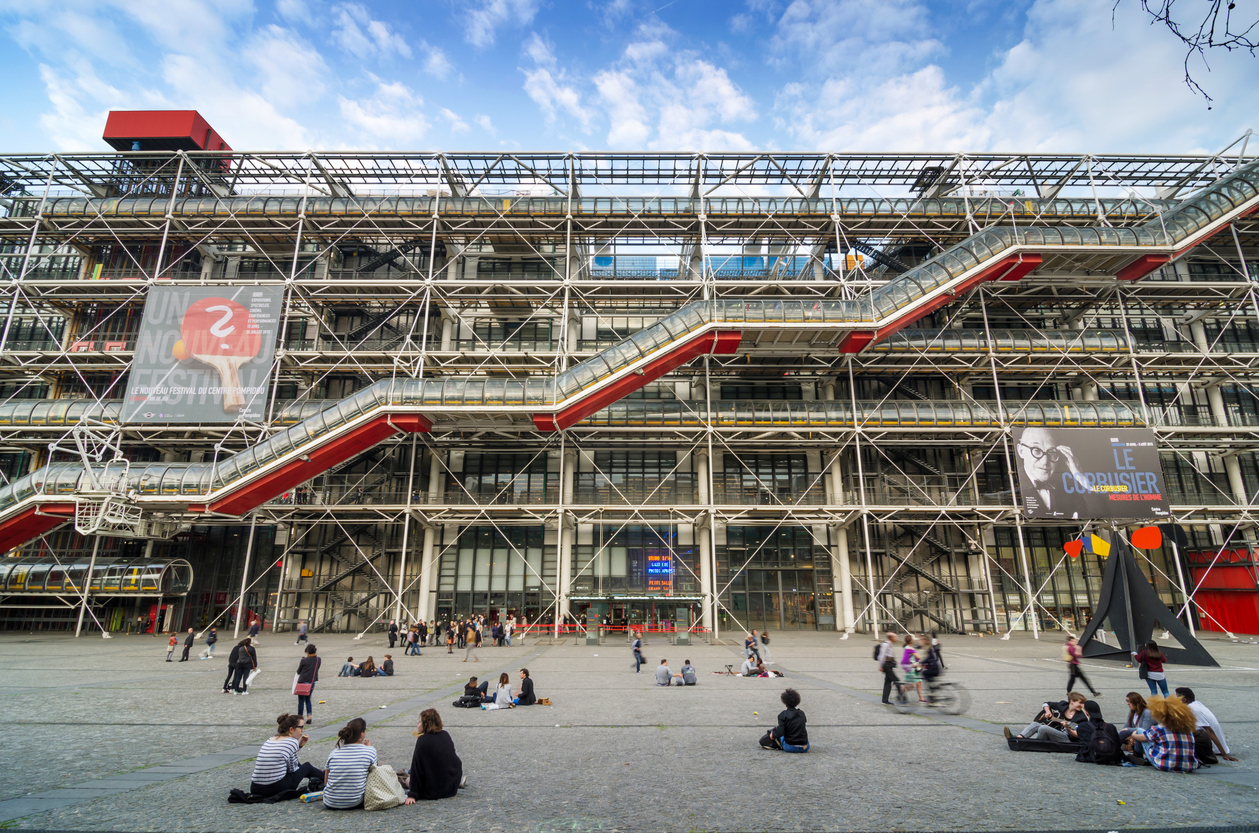Residing on the frontier between art and science, great architecture requires both creativity and practicality. To achieve that level of greatness, the architect must be a poet, a builder, a humanist, and a futurist all at once.
Renzo Piano is an architect who meets that description. A pure rebel of the industry, the Italian designer made waves when he and two other architects were commissioned to create what, in 1971, was seen as the most prestigious architectural project in Paris – the Centre Georges Pompidou museum of 20th century art.
Since then, he and his team at RPBW have designed many of the world’s most iconic buildings. From the Kansai Airport in Japan, to the headquarters of the New York Times, Piano has demonstrated a profound ability to capture the soul of each project in an inspiring, pragmatic form.
In his TED speech from earlier this year, Piano reveals one of the less recognised goals behind his work: to create buildings of universal beauty that unite people from across the world.
To ensure his vision is realised, Piano often hires thousands of workers from dozens of countries to bring it together. He sees the process as the telling of a story; an international endeavour in which people with a variety of skills, experiences, and background come together to bring a building to life. From its coping to the bathroom tap, each element is a celebration of the achievement their work represents.
It’s a fascinating insight into what drives excellence, especially in the case of someone whose first major work is still considered one of their best. The challenge of continuing in a career that some would claim had peaked is one of the greatest issues faced in the pursuit of Great Work, but Piano has found his way through that by focusing not on what his work means to him, but how he is improving the world through it.
“But, you know, making a building a place for people is good. Making libraries, making concert halls, making universities, making museums is good, because you create a place that’s open, accessible. You create a building for a better world, for sure.
But there is something else that makes architecture amazing, even more. And this is the fact that architecture doesn’t just answer to need and necessity, but also to desires – yes, desires – dreams, aspirations. This is what architecture does. Even the most modest hut on earth is not just a roof.”
—

